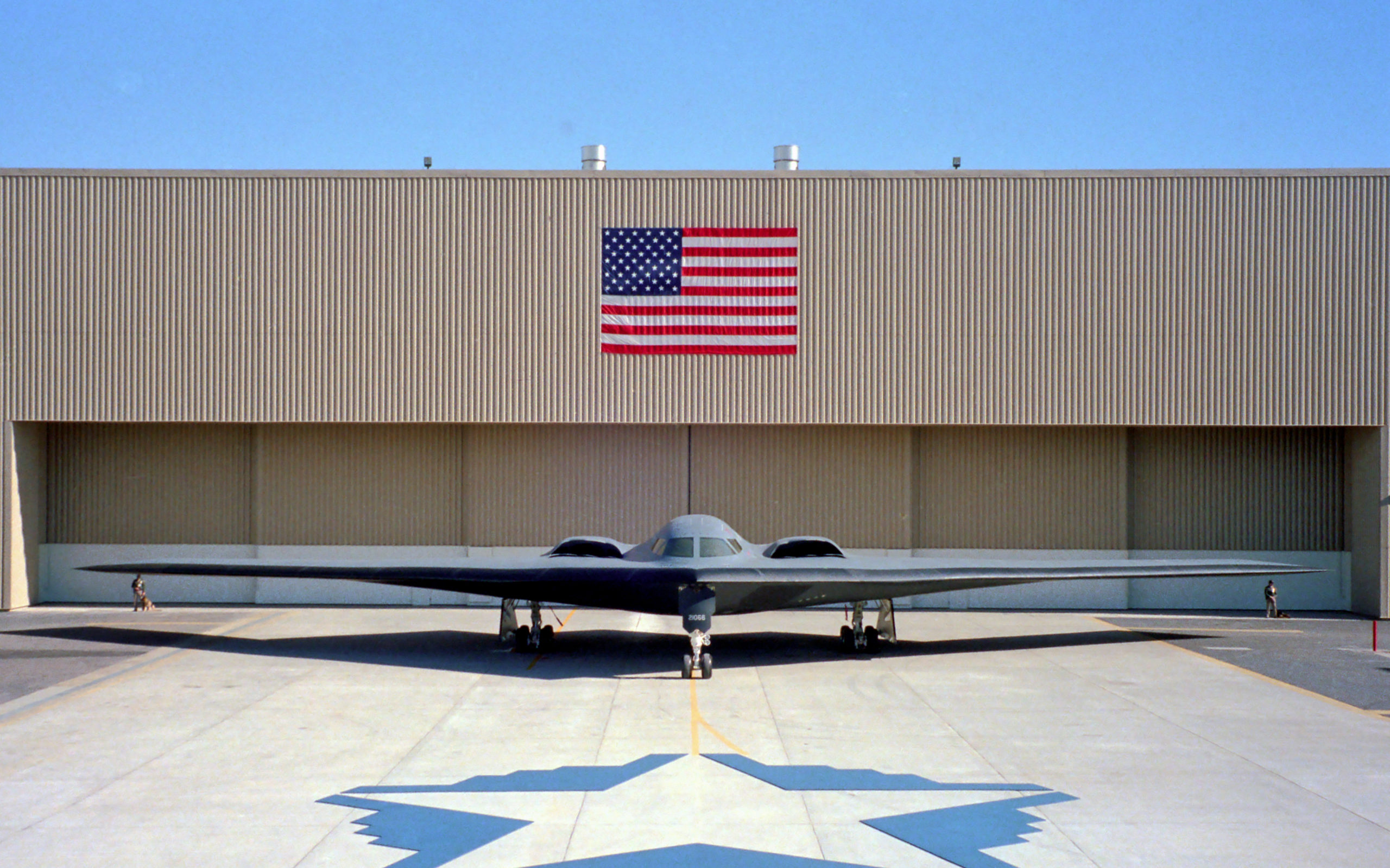
Northrop’s B-2A “stealth” bomber is rolled out of its hanger at Air Force Plant 42 in Palmdale, California, showcased to the public for the first time.
“We are not just rolling out America’s newest strategic bomber,” said Air Force Secretary Edward C. Aldridge Jr. “We are ushering in a new age of strategic deterrence.” Should deterrence fail, the theory at the time went, the bombers would fly into Soviet airspace undaunted by air defenses, seeking out and destroying surviving nuclear forces.
Of course the B-2 would go on to be used in Kosovo in 1999, where the hyperbole of its prowess—and its ability to evade Serbian air defenses—would match the pretenses of Bill Clinton’s war: bombing with minimum vulnerability of U.S. military personnel. After 9/11, the B-2 would also be extensively used in wars in Iraq and Afghanistan, joining the general bombing campaigns, but never challenged by any air-defense threat. And that’s the thing about the B-2 as it ends in 30-plus year lifespan (to be followed by a new bomber, the B-21)—with satellite-guided bombs and a host of new techniques to disable enemy air defenses, it is an extremely expensive way to bomb, at least with conventional weapons.